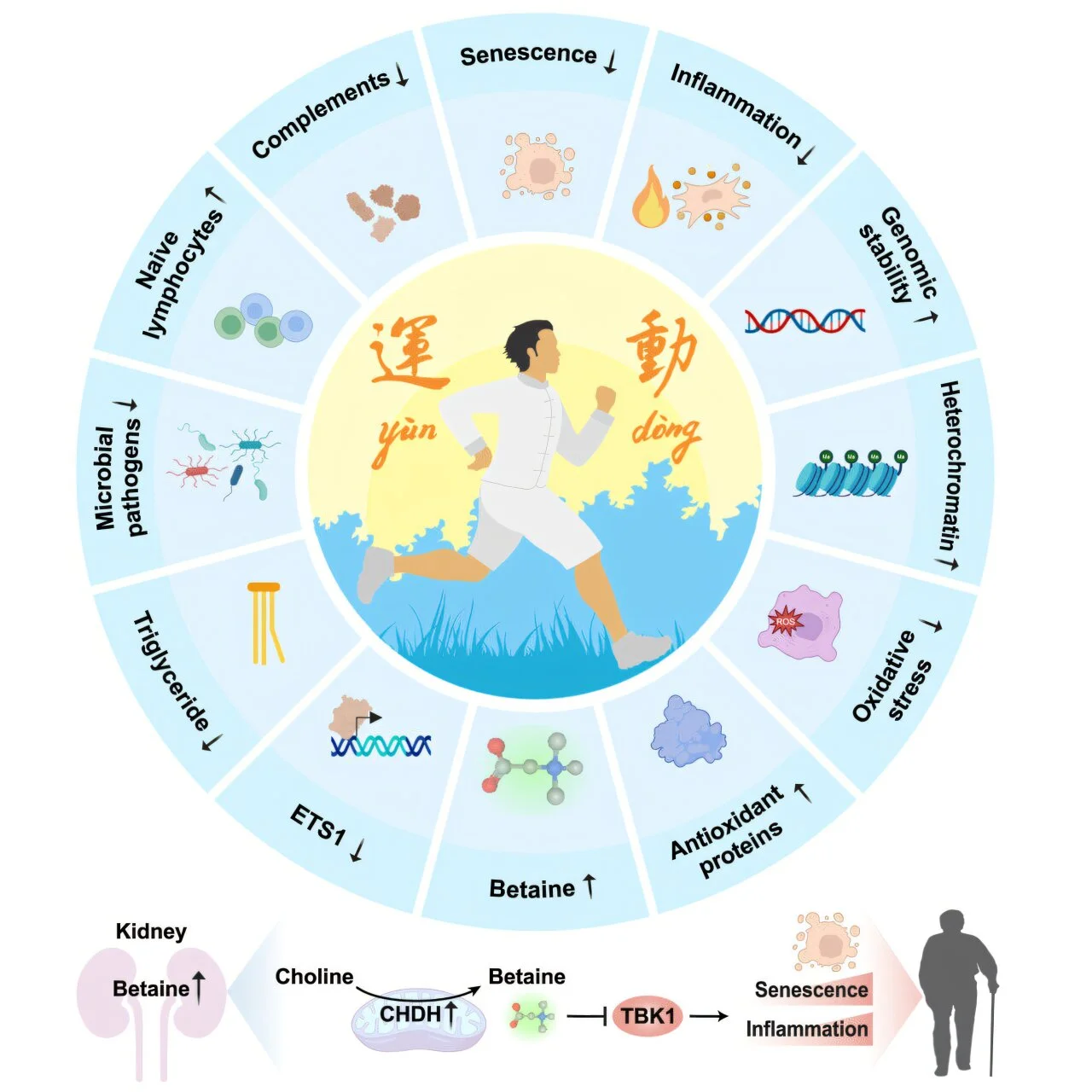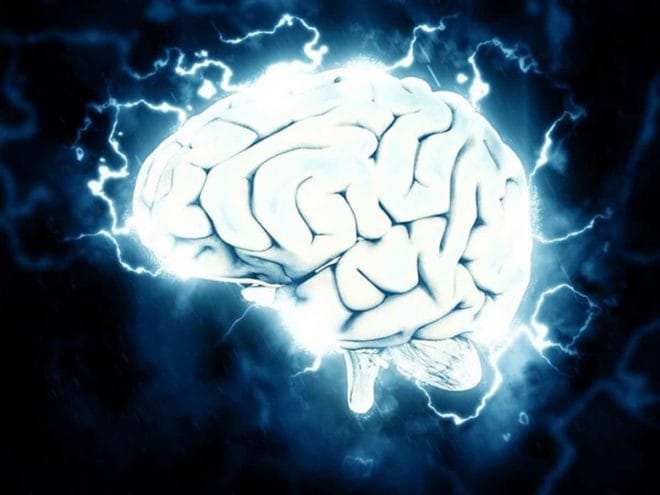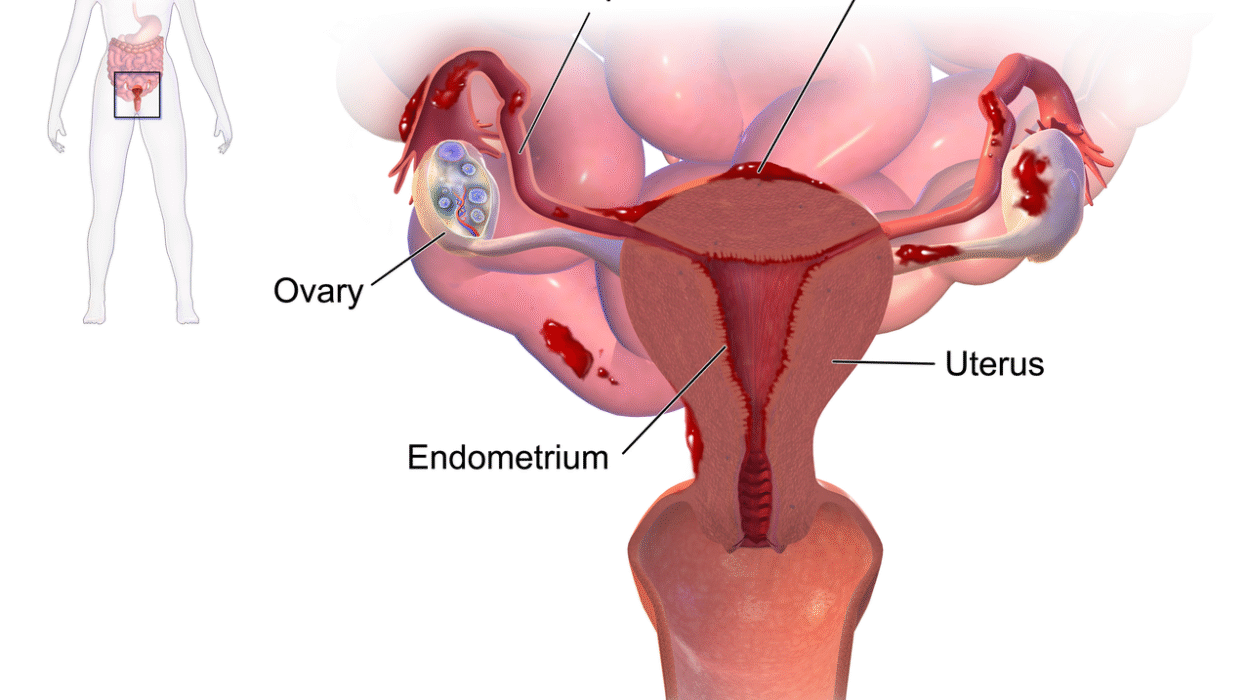In the relentless rhythm of modern life, many of us dream of a shortcut—a way to get the benefits of exercise without having to lace up our sneakers each day. But what if that dream isn’t pure fantasy? What if science is beginning to unravel a way to mimic the sweeping, life-extending benefits of physical activity with a single molecule?
In a groundbreaking study published in the journal Cell, researchers from Capital Medical University and the Chinese Academy of Sciences have taken a bold step in that direction. Their research centers on betaine, a naturally occurring compound produced by the kidneys. Once considered a quiet player in human metabolism, betaine has now been shown to function as a powerful anti-inflammatory and anti-aging molecule, with properties that mirror some of the most profound physiological effects of regular exercise.
The Mystery of Exercise’s Molecular Magic
The benefits of sustained physical activity are well known: improved heart health, better metabolism, a stronger immune system, and a reduced risk of diseases ranging from diabetes to Alzheimer’s. But scientists have long struggled to piece together the exact molecular pathways behind these sweeping effects.
“We know exercise is good for you,” said the study’s lead researcher. “But we wanted to know why, at the molecular level. What changes in the body are responsible for these benefits?”
To find out, the researchers launched a highly controlled experiment, integrating advanced multi-omics analysis—a method that combines data from genomics, proteomics, and metabolomics to capture the full complexity of biological systems.
Running Toward the Answer
The study recruited thirteen healthy young men who agreed to follow a strict routine. For 45 days, they minimized physical activity to establish a baseline. Then came the test: first, a single 5-kilometer run to observe the body’s acute response to exercise, followed by 25 days of daily 5-km runs to study long-term adaptation.
Blood and fecal samples were taken before, immediately after, and following the training period to provide a detailed picture of biological changes across time.
What the researchers found was remarkable.
Inflammation: The Double-Edged Sword
The single bout of exercise triggered a surge in inflammatory markers, especially interleukin-6 (IL-6) and other signs of metabolic stress. This was expected—exercise temporarily stresses the body, sparking an immune response that can feel like soreness or fatigue.
But over time, the story changed dramatically.
With consistent daily running, the participants’ bodies began to adapt. Pro-inflammatory signals like TNF-α fell, while antioxidant enzymes rose. The immune system appeared to shift into a more balanced, rejuvenated state: more naive lymphocytes (the immune system’s fresh recruits), and fewer exhausted cells that signal chronic stress or aging.
Additionally, key markers of metabolic health improved. Levels of gamma-glutamyl transferase (GGT) and triglycerides dropped, indicating improved liver and lipid function. The body was clearly becoming more efficient, more resilient.
Enter Betaine: The Unexpected Hero
Among all these changes, one molecule stood out: betaine.
Previously associated with liver function, betaine had not been seriously considered in the context of exercise. But the data showed a consistent rise in circulating betaine following sustained physical activity. And intriguingly, this increase did not appear to come from the gut microbiome—as many health-related metabolites do—but from the kidneys.
This was a surprise. The kidneys, often overlooked in discussions of exercise physiology, were actively synthesizing betaine in response to consistent running.
To understand what betaine was doing, the researchers turned to animal models and cell-based assays.
How Betaine Fights Inflammation and Aging
Using mice, the scientists discovered that regular treadmill running led to a concentrated build-up of betaine in kidney tissue. But betaine wasn’t just sitting there. It was acting.
Further experiments revealed that betaine binds to and inhibits TBK1 (TANK-binding kinase 1)—a protein that plays a central role in promoting inflammation and cellular aging. By blocking TBK1’s ability to self-activate, betaine reduced downstream inflammatory signals, including transcription factors like NF-κB and IRF3.
In other words, betaine was functioning as a natural brake on the machinery of chronic inflammation and aging.
When applied to human immune and endothelial cells in vitro, betaine treatment led to a drop in inflammatory cytokines, including IL-6, TNF-α, and others commonly associated with age-related diseases and autoimmune disorders.
Real-Life Impacts in Aging Mice
To test whether betaine’s anti-aging properties extended beyond the lab bench, the team administered the compound to aged mice.
The results were striking: the mice showed less tissue fibrosis (a hallmark of aging), reduced senescence markers in major organs, stronger muscle performance, and even fewer depression-like behaviors.
Transcriptomic analysis of the mice’s kidney tissue confirmed what the team suspected—gene activity associated with inflammation and cellular aging had been downregulated.
The Promise of an Exercise Mimetic
The term “exercise mimetic” has long fascinated researchers—a compound that could simulate the effects of exercise without actual physical exertion. Betaine may be the closest scientists have come yet.
The implications are profound. For people unable to engage in regular physical activity—due to age, illness, or disability—betaine or a similar compound could provide some of the protective benefits of exercise. It might also serve as a therapeutic booster alongside physical training in aging populations.
Still, the researchers caution against premature hype.
“This is a proof-of-concept study,” the authors wrote. “The human sample was small, and much more work needs to be done—especially in older adults and people with chronic disease.”
A New Frontier in Exercise Science
This study opens an exciting new chapter in our understanding of how the body responds to exercise—not just through sweat and muscle, but at the molecular level, deep within organs like the kidney.
It also reminds us that the body’s response to motion is elegant, complex, and finely tuned. Exercise doesn’t just strengthen our hearts or burn calories—it orchestrates a symphony of biochemical changes that protect us from the slow burn of aging.
And now, thanks to the surprising story of betaine, we may have found a new instrument in that orchestra—one that could help people live longer, healthier lives, even if their legs can’t carry them five kilometers a day.
Whether betaine becomes a supplement on your pharmacy shelf or simply deepens our understanding of how movement transforms us, one thing is clear: in the quest to unlock the secrets of healthspan, exercise is still the master teacher—and we’re only beginning to decipher its lessons.
Reference: Lingling Geng et al, Systematic profiling reveals betaine as an exercise mimetic for geroprotection, Cell (2025). DOI: 10.1016/j.cell.2025.06.001






